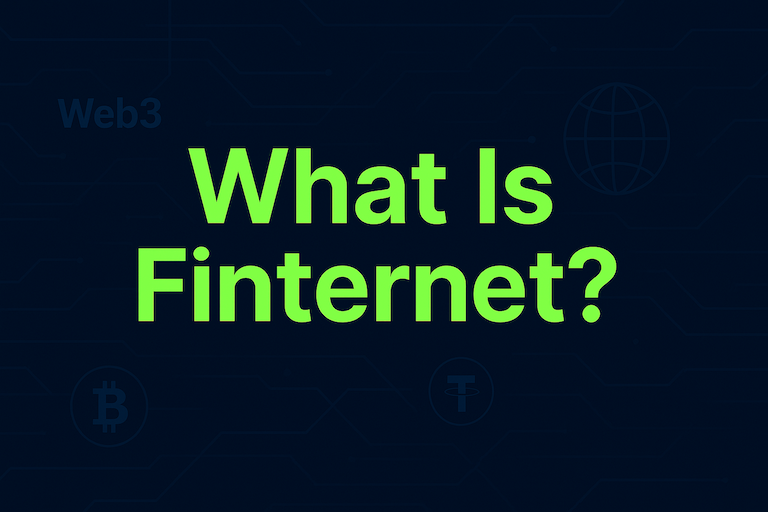What are Security Risks in Consensus Algorithms?
Feb 6, 2025
Consensus algorithms are critical components of blockchain technology, enabling decentralized networks to agree on a single version of the truth. While these algorithms facilitate trust and reliability in distributed systems, they are not without their vulnerabilities. Understanding the security risks associated with various consensus mechanisms is essential for developers, investors, and users alike. This blog post delves into the primary security risks inherent in consensus algorithms, exploring their implications and the potential consequences of these vulnerabilities. By examining these risks, stakeholders can make informed decisions and adopt strategies to mitigate them.
Types of Consensus Algorithms
Consensus algorithms come in various forms, each designed to solve the problem of agreement in a decentralized network. The most common types include Proof of Work (PoW), Proof of Stake (PoS), and Practical Byzantine Fault Tolerance (PBFT). Each of these algorithms has its strengths and weaknesses, particularly in terms of security. It is essential to understand these differences to appreciate the specific risks associated with each type. Below are some characteristics of these consensus algorithms that highlight their unique security challenges.
Proof of Work is energy-intensive and susceptible to 51% attacks.
Proof of Stake can lead to centralization if wealth concentration occurs.
Practical Byzantine Fault Tolerance is vulnerable to certain types of Sybil attacks.
Delegated Proof of Stake introduces risks related to the trustworthiness of delegates.
Hybrid models attempt to combine strengths but can also inherit weaknesses.
51% Attacks
One of the most notorious security risks in consensus algorithms, particularly in Proof of Work systems, is the 51% attack. This occurs when a single entity or group controls more than half of the network’s mining power. With this control, they can manipulate the blockchain by reversing transactions, double-spending funds, and preventing new transactions from being confirmed. Such attacks undermine the integrity and trustworthiness of the entire network, leading to significant financial losses and damaged reputations. Understanding how these attacks occur is crucial for developing strategies to prevent them.
Increased mining power concentration can lead to vulnerabilities.
Low network hash rates make it easier for attackers to gain control.
Economic incentives can motivate malicious actors to execute attacks.
Attackers can create forks or alter transaction histories.
Awareness and monitoring of network health are essential for prevention.
Sybil Attacks
Sybil attacks are another significant threat, particularly in systems that rely on reputation or identity verification. In a Sybil attack, a single adversary creates multiple identities to gain disproportionate influence over the network. This can allow them to disrupt consensus processes, manipulate votes, or hijack the decision-making mechanisms of the network. The risk is particularly pronounced in Proof of Stake and some variations of Byzantine Fault Tolerance algorithms. Recognizing the potential for Sybil attacks is vital for designing systems that can resist such threats.
Multiple identities can distort consensus outcomes.
Reputation systems can be manipulated by creating fake accounts.
Economic costs for identity creation can be low for attackers.
Systems must implement robust identity verification mechanisms.
Monitoring for unusual voting patterns can help detect Sybil attacks.
Centralization Risks
Centralization poses a significant security risk across various consensus algorithms. As networks grow, there is a tendency for power to consolidate among a few participants, particularly in Proof of Stake systems. This centralization can lead to a loss of the decentralized ethos that underpins blockchain technology, making the network more susceptible to collusion and corruption. Additionally, centralized entities can become prime targets for attacks, creating single points of failure. It is crucial to foster a truly decentralized environment to mitigate these risks effectively.
Centralized control can lead to a lack of transparency.
Collusion among a few stakeholders can manipulate outcomes.
Single points of failure can be exploited by attackers.
Incentives must be aligned to promote decentralization.
Governance structures should encourage diverse participation.
Forking and Network Splits
Forking is a common occurrence in blockchain networks, where a divergence in the protocol creates two separate chains. While forking can be a method of implementing upgrades or resolving disputes, it also introduces security risks. In some cases, contentious forks can lead to network splits, where two factions of the community cannot reach consensus on the future direction of the blockchain. This can create confusion and instability, potentially leading to loss of funds and trust. Understanding the implications of forking is vital for stakeholders in the ecosystem.
Forks can create confusion among users and developers.
Economic implications can arise from split assets.
Trust in the network can diminish following contentious forks.
Clear communication is essential during fork events.
Strategies for managing forks should be in place before they occur.
Conclusion
In conclusion, the security risks associated with consensus algorithms are multifaceted and warrant careful consideration. From 51% attacks and Sybil attacks to centralization and forking, each risk poses unique challenges for the integrity and reliability of blockchain networks. Stakeholders must remain vigilant and proactive in addressing these vulnerabilities to maintain trust and security in decentralized systems. As the landscape of blockchain technology continues to evolve, so too must our understanding of the inherent risks that accompany consensus mechanisms.
Start your safe cryptocurrency journey now
Fast and secure deposits and withdrawals, OSL safeguards every transaction !


